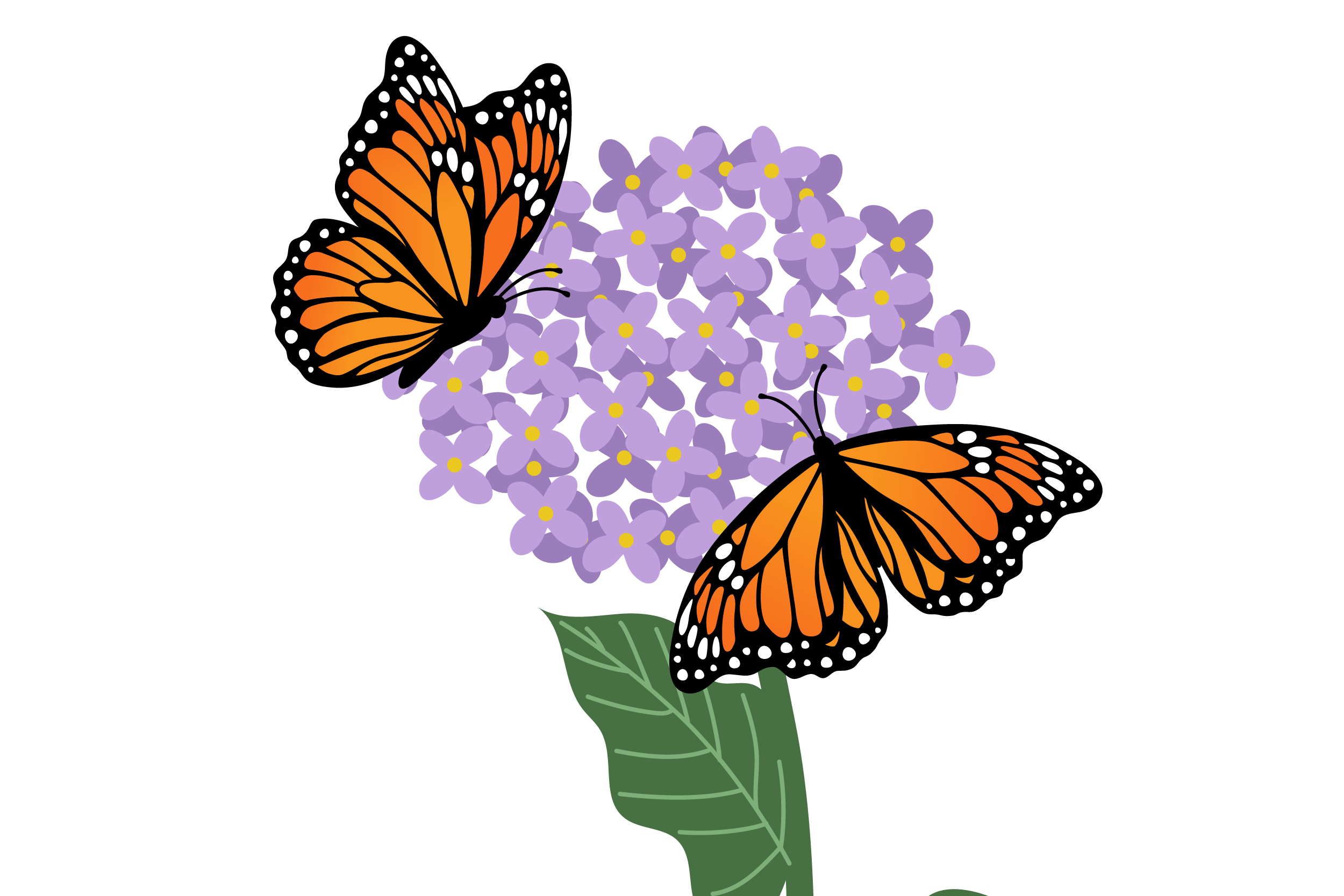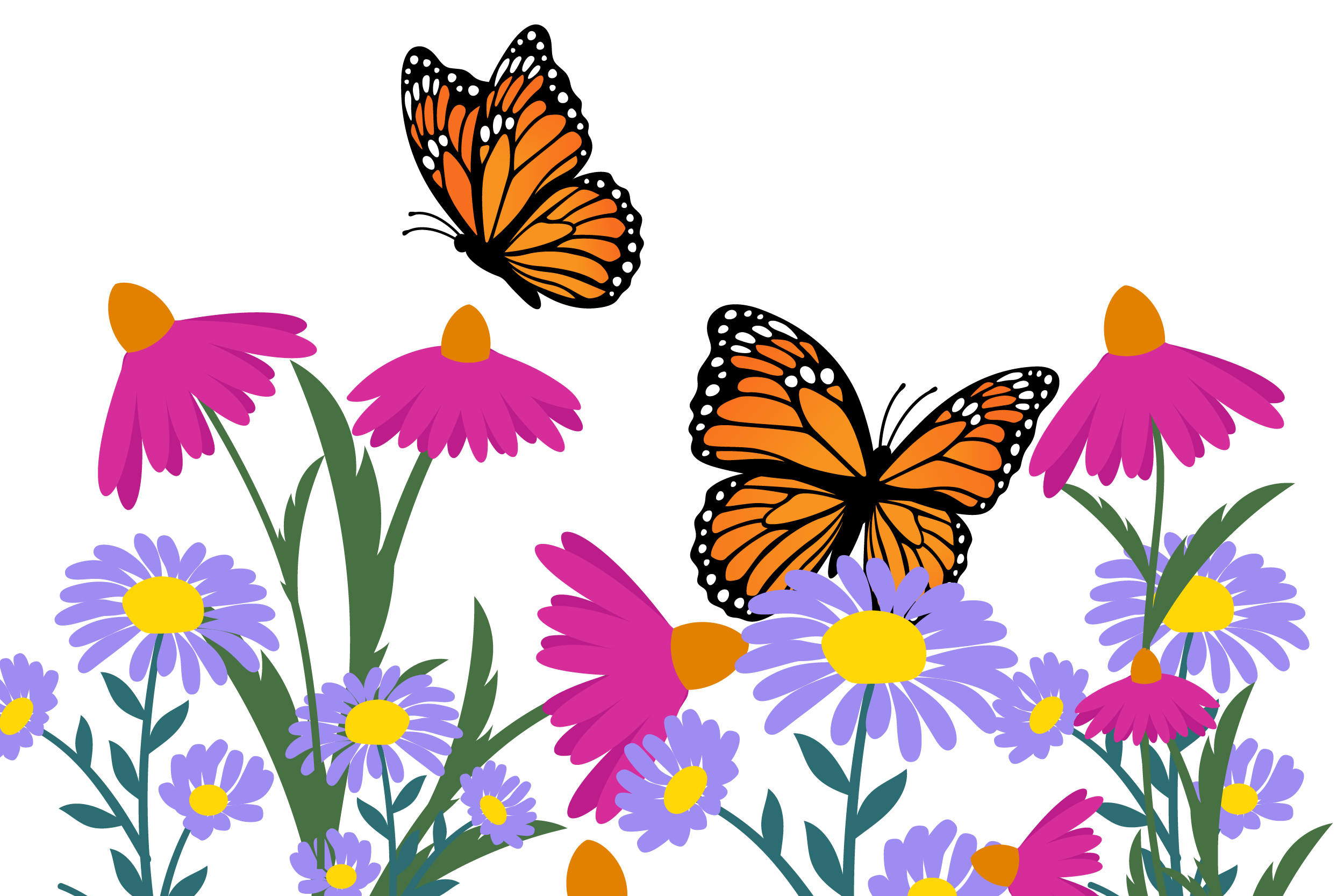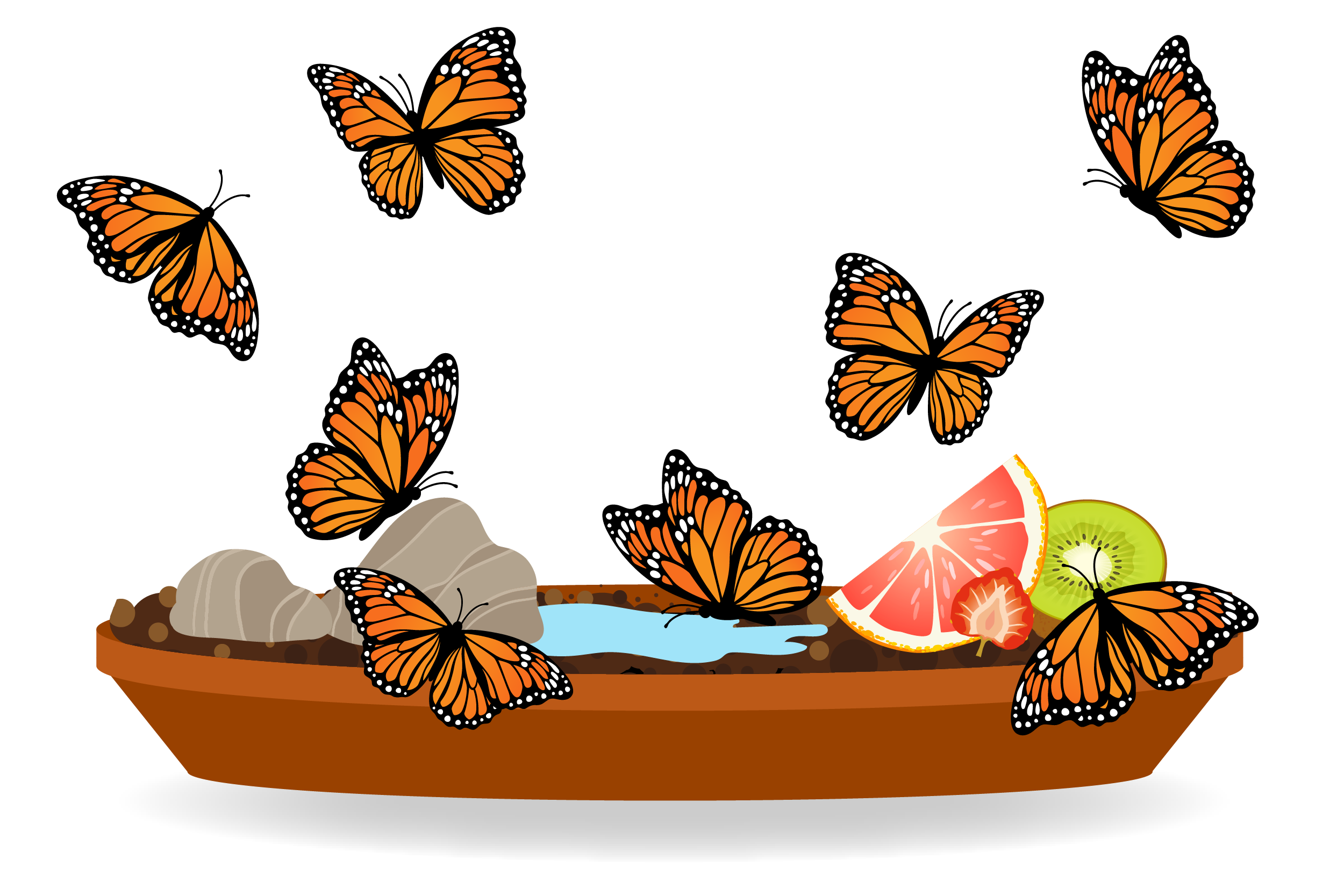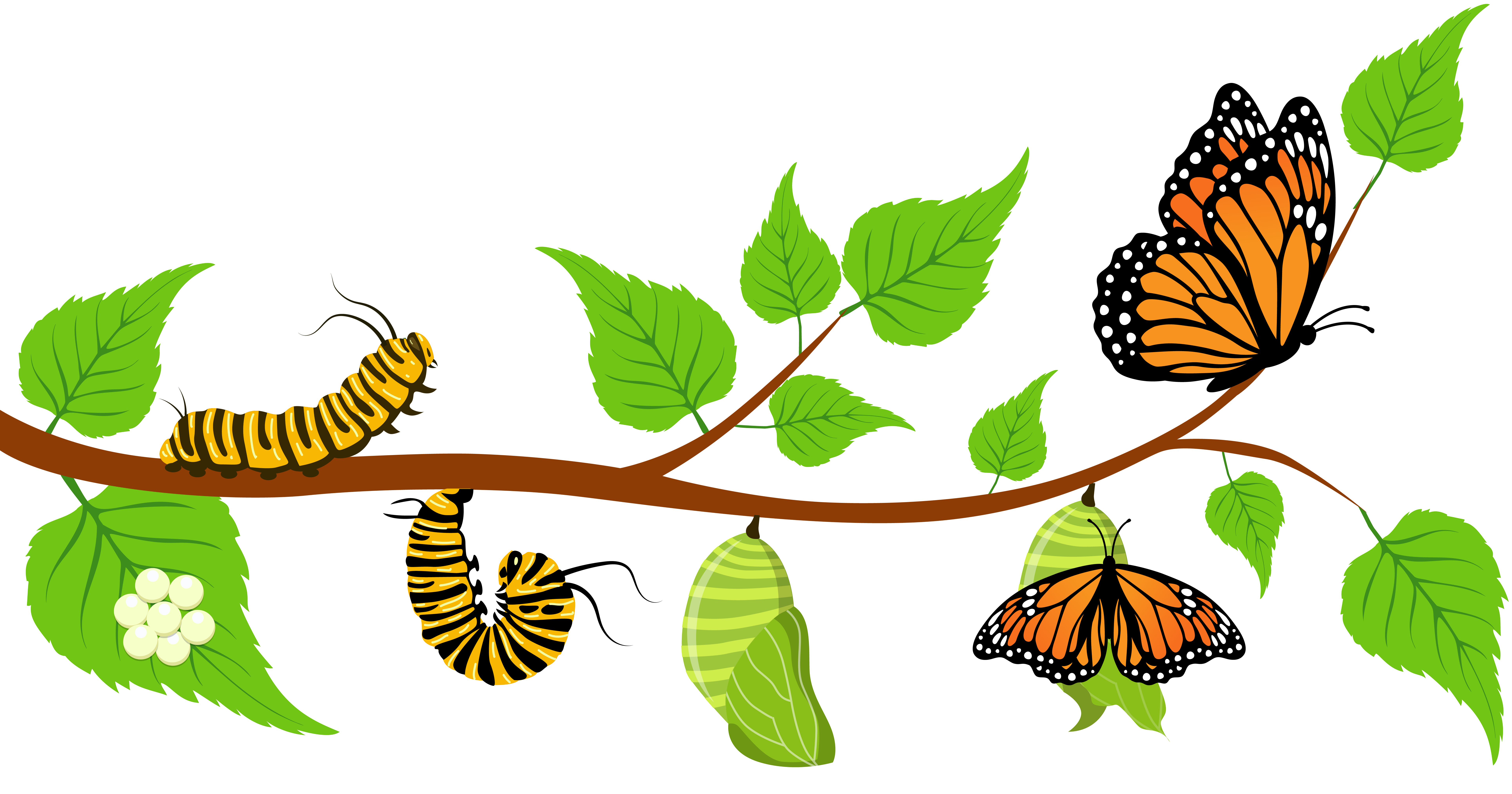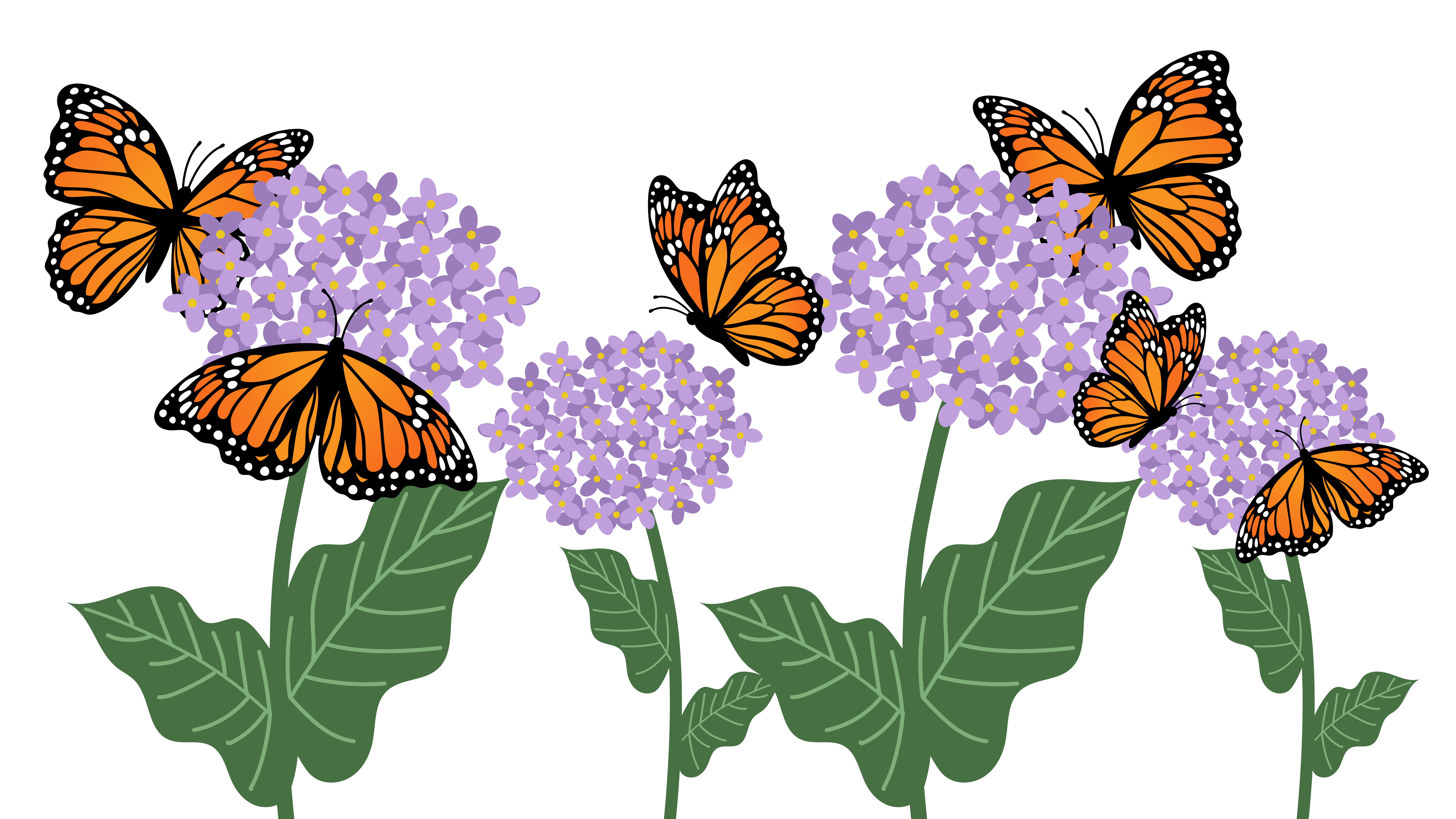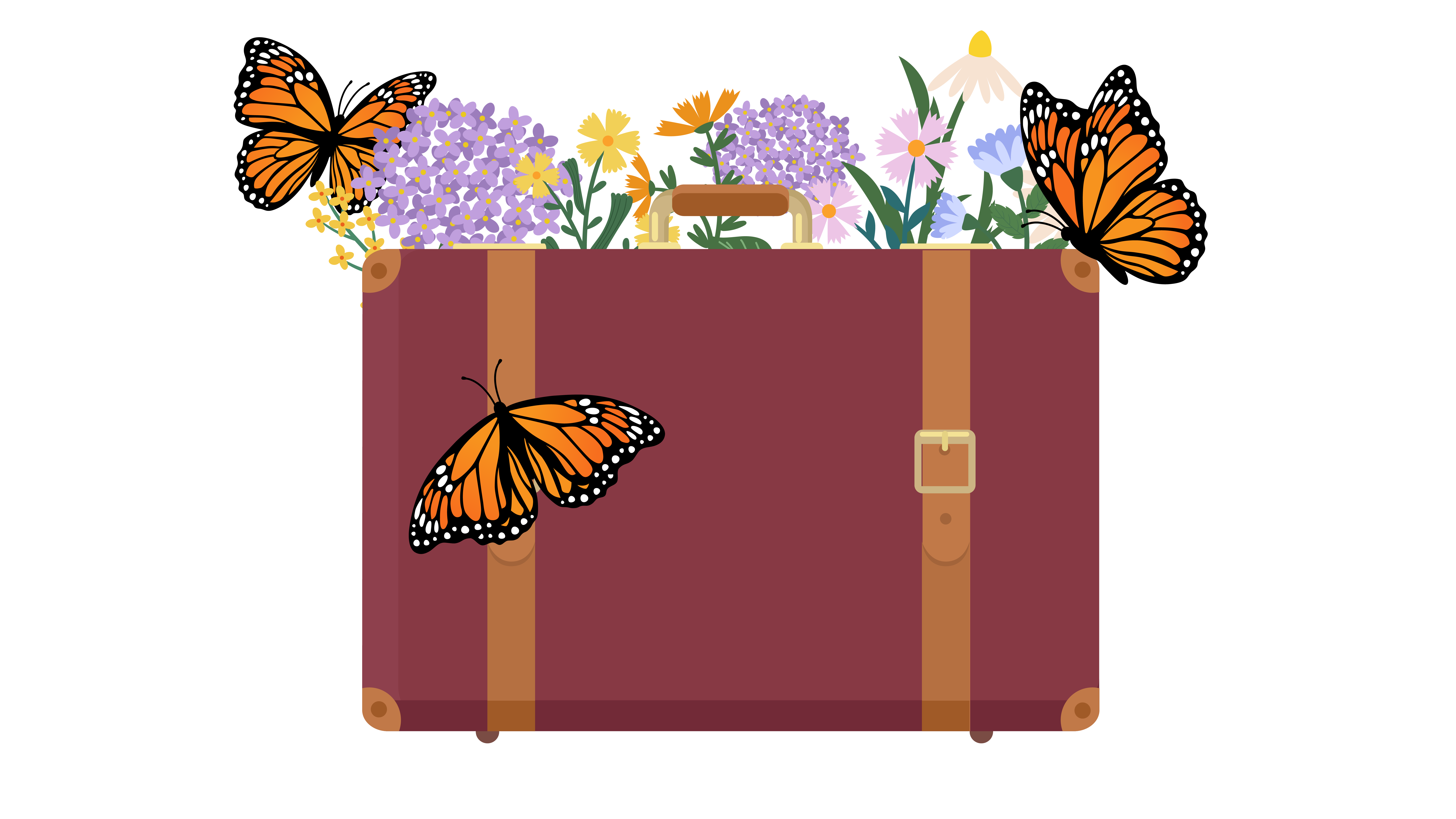Monarch butterfly
Monarch Butterfly Garden Takes Flight in Dieppe!
The City of Dieppe, in cooperation with Les Ami.e.s de la nature du sud-est du N.-B., has created a milkweed garden to provide a feeding and breeding ground for the monarch butterfly. At the caterpillar stage, the monarch feeds exclusively on milkweed, a native perennial plant.
The garden is located near the Aquatic and Sports Centre parking lot. As a symbol, admire an original work of art designed especially for the butterfly's life cycle by artist Heather Lawrie-Morse. Learn more about the species by consulting the interpretive panels on site.
Long Live the Monarch!
Who am I? I have a regal name, can fly and am orange in colour. No, I’m not a viceroy butterfly (though we’re very similar in appearance), I’m a monarch butterfly!
This endangered insect has a special place in our community. The City, working with Les Ami.e.s de la nature du sud-est du N.-B., recently created spaces for pollinators, including a milkweed1 garden. Milkweed grows in the wild and is the only food that monarchs eat when they’re in their caterpillar stage. Creating a space for milkweed ensures that monarchs will have a place to breed and feed.
Did you know that monarch caterpillars can eat up to 200 times their weight in plants? Let’s make sure they have all they can eat!
The King of Migration
The reason these little creatures weighing less than a gram need to eat so much is that they have a huge journey ahead of them. This courageous butterfly is one of the animal kingdom’s greatest migrants. In the fall, the adult butterfly travels over 4,000 kilometres to winter in Mexico. Why so far? The high mountains of Mexico have winter temperatures between 1 and 6°C, which allow the monarch to slow down its metabolism, conserve energy and return home to start the life cycle all over again.
How Can I Help the Monarch Butterfly?
You, too, can play an important role in protecting the monarch.
Here’s how:
